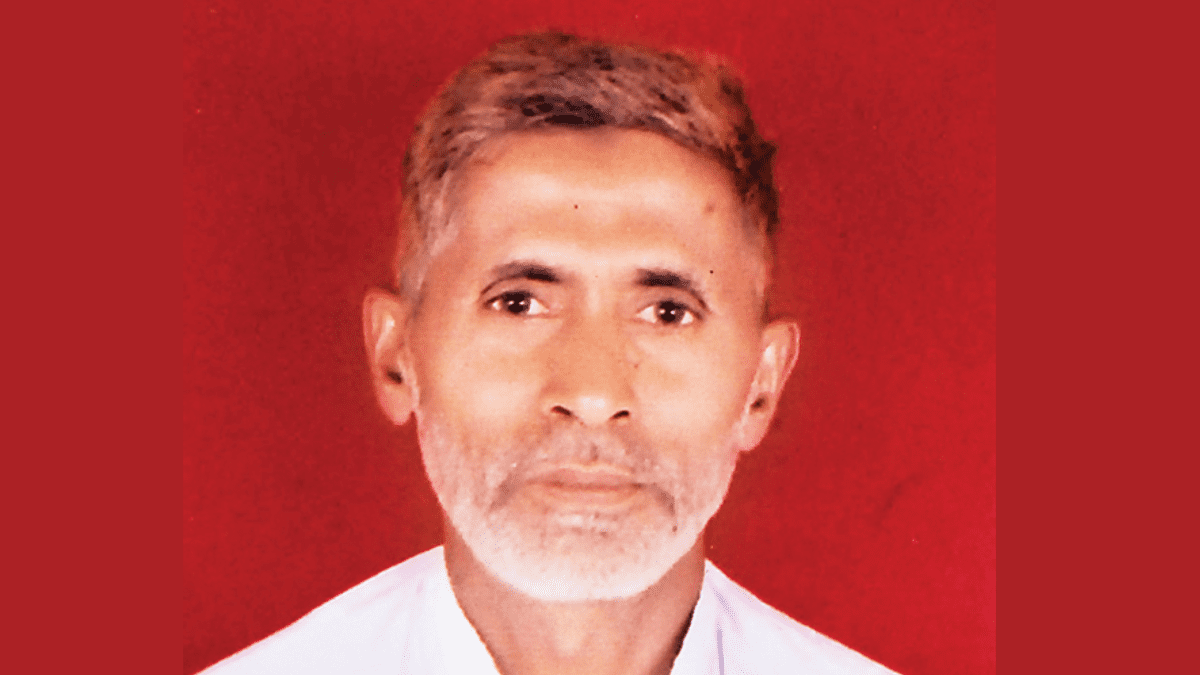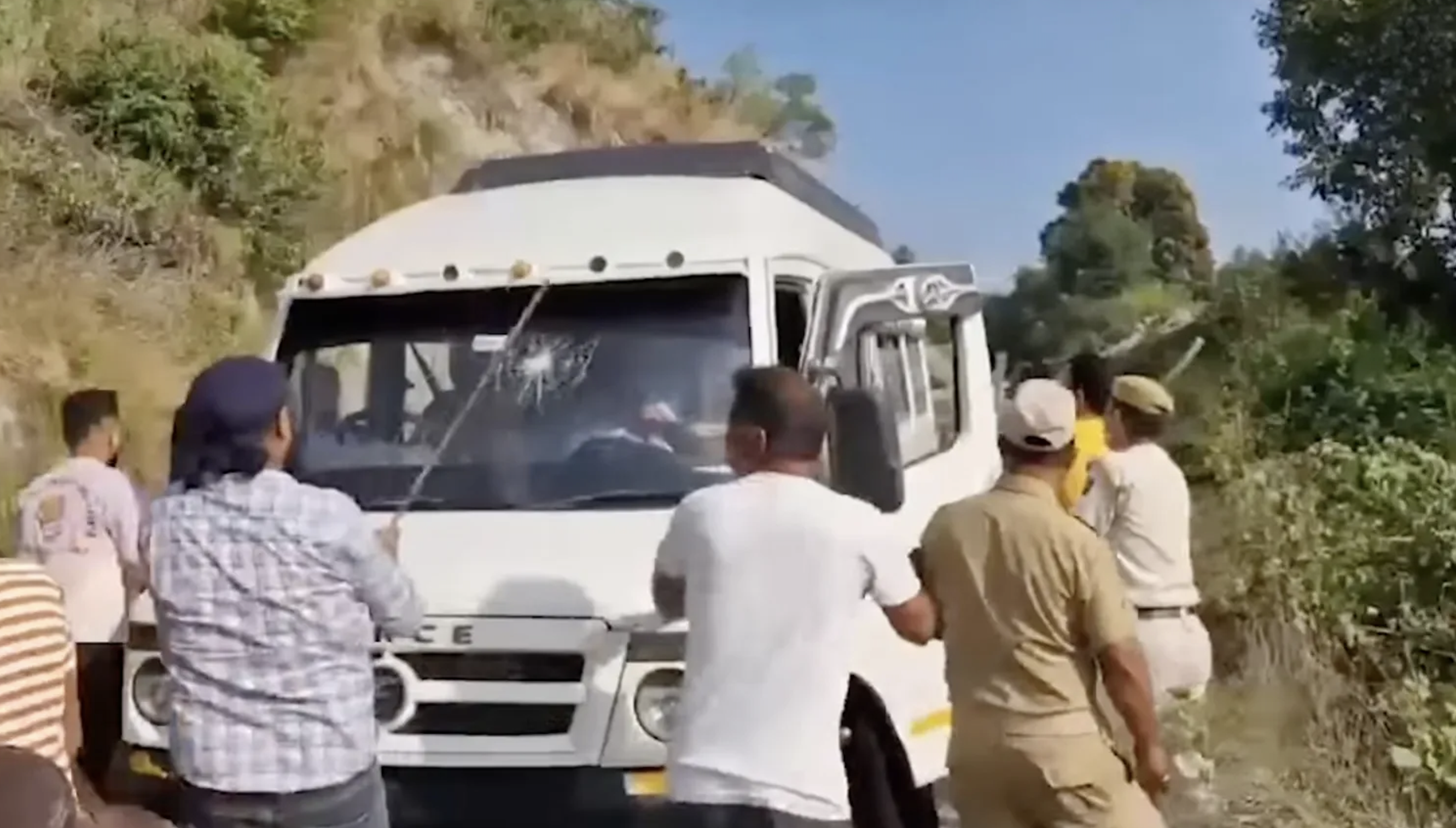By HUNEZA KHAN
Shivraj Singh Chouhan, the longest-serving chief minister of Madhya Pradesh, has once again brought the issue of renaming Bhopal to the forefront amidst growing anti-incumbency sentiment.
While participating in the Bhopal Gaurav Diwas event on 1 June, Chouhan along with the chief guest of the event, Manoj Munstashir Shukla, made controversial remarks about the legacy of Bhopal Nawabs. This follows the renaming of Habibganj Railway Station to Rani Kamlapati Railway Station and Islam Nagar to Jagdishpura, adding to the ongoing debate surrounding the city’s historical landmarks.
“Bhopal is just not a city of Nawabs, this is the city of Bhojpal established by Raja Bhoj. I want to tell youngsters that an Afghan, Dost Mohammad Khan deceived Rani Kamlapati and snatched Bhopal. The Queen’s son fought bravely. When she realized her forces were going to lose, she took jal samadhi into the lake and defended her honor. Today, I salute Rani Kamlapati,” stated Chouhan.
Earlier, the BJP government in Madhya Pradesh tried to rename Bhopal to Bhojpal in 2011. Nawab Shahjahan Begum in her book Taj Ul Iqbal translated by H C Barstow wrote that Sardar Dost Mohammad Khan laid the foundation of Bhopal in 1727-28. The Madhya Pradesh government’s district website of Bhopal also fails to prove Chouhan’s claims.
Did Rani Kamlapati take Jal Samadhi?
History professor Ashar Kidwai doubted the notion of “Jal Jauhar” among the Rajputs, clarifying that Jauhar was never practiced upon the death of a son. There is proof of 12 Gond strongholds in Bhopal and its vicinity recognized by Mughal Courts. Ginnorgarh was one among them ruled by King Ram Chand whose beautiful daughter was Rani Kamlapati. Ginnor included Bhopal, a small place at that time.
The fort of Ginnor comes under the Ratapani forest these days. According to Kidwai, Rani Kamlapati was married to Nizam Shah, a converted Muslim whose brother was the ruler of Bari. Nizam Shah was killed by his nephew Chain Shah because of internal conflicts and attraction towards Rani Kamlapati. Chain Shah took the fort of Ginnor and proposed to Rani Kamlapati who escaped Bhopal.
Kidwai recounted the legend of Rani Kamlapati tying a Rakhi to Dost Mohammad Khan, who was in Berasia for a hunt, as a symbol of protection and offering 1,00,000 Rs. Subsequently, Dost Mohammad Khan avenged the death of Nizam Shah and received 50,000 Rupees and a portion of the lake, now known as old Bhopal, as a token of gratitude.
The professor also mentioned conflicting accounts surrounding Rani Kamlapati’s fate after the death of Nawal Shah, either as suicide or natural death. “National archives have reports, documents and maps that Shahjahan Begum constructed the Lower Lake then how did Rani Kamlapati take Jal Samadhi in it?” Kidwai paused a question.
Shahjahan Begum also mentioned in Taj Ul Iqbal that Rani Kamlapati invited Dost Mohammad Khan to avenge the death of her husband who became her manager.
The politics of merger
In another event on the same day, Chouhan stated that Bhopal didn’t get independence on 15 August 1947 because Bhopal Nawab denied the merger leading to a mass movement to liberate Bhopal. Ashar Kidwai challenged the credibility of these claims alleging them to be mere propaganda. Speaking to Maktoob, he said that the Bhopal Gazette last printed in 1999 does not prove such claims.
Discussing the process of India’s independence, Kidwai emphasised the stages involved, including the signing of the instrument of accession and the subsequent decision on whether the state would join India or Pakistan. He cited Khan Shakir Ali Khan’s book, which mentioned Nawab’s signing of accession on 12 August 1947. He gave it to Lord Mountbatten and requested secrecy until further notice. On August 26, Nawab Sahab wrote a letter to Sardar Patel highlighting the merger of Bhopal in India. “I have tried everything to keep my state independent for the greater good but now I accept the defeat. We were bad enemies and can be better friends,” as Kidwai quoted Hamidullah Khan’s words in the letter.
The official merger agreement was signed on April 30, 1949, with the transfer of power occurring on June 1. He mentioned the involvement of VP Menon and Sardar Patel in the process and corrected the misconception that the merger was a grand event. According to Kidwai, Bhopal had already merged with India. So, the tehreek (struggle) was not about the merger of Bhopal in India, instead, it was to merge Bhopal in central India and not with the Union of India or Vindhya Pradesh. Finally, the professor highlighted the significant contributions of Nawab Hamidullah Khan, who willingly surrendered his property and treasury to the Union of India.
Dr. Nusrat Bano Roohi, the first woman professor of Saifia College wrote in her book Hindustan Ki Jung E Azadi Mein Bhopal Ka Hissa Or Khan Shakir Ali Khan, “The secret revealed after 2-3 days that Nawab Sahab on 14 August 1947 merged Bhopal within the Union of India. He was only testing public loyalty. While signing the documents of annexation he had requested to keep it a secret for ten days.”
In wake of independence day, Bhopal State had announced public holiday on 15 August 1948. The Madhya Pradesh government had declared holiday on Bhopal Gaurav Diwas (occasion of merger) from next year. The CM also announced forming a research institute for the younger generation to learn about Raja Bhoj and Rani Kamlapati.
Polarizing society for politics
Political Analyst Deepak Tiwari said that when BJP came to power, they started removing all signs of Muslim rule from Bhopal and began calling it the city of Raja Bhoj.
He said: “Since this is the election year they want to polarize society by awakening the emotions and sentiments of Adivasis. That’s why they are raising the issue of Rani Kamlapati. Madhya Pradesh has a very limited minority population unlike Karnataka and Uttar Pradesh, they want to make these non-issues into big issues. Everything leads to the fact that BJP wants to communalize the situation in Bhopal. Any community or a nation which tries to live in history is doomed. Problems occur when you side with one community. Raising the issue may be good for their politics but not good for the country.”
Madhya Pradesh has 21% tribal population which is 13.57% of the total tribal population in country. Muslim population in Madhya Pradesh is 6.57%.
Legacy of Bhopal Nawabs
Lyricist and Writer Manoj Muntashir Shukla commented on Bhopal Gaurav Diwas: “The land I am standing on is Raja Bhoj’s holy land, it is painful that even today this is called Bhopal. The same name stirs up memories of Dost Mohammad and Hamidullah. This is the land of Shiv Bhakt Raja Bhoj and not the land of looters such as Dost Mohammad and terrorist Hamidullah. There is Shiv’s rule in Bhopal today. If not now then when will Bhopal’s name change?”
Kidwai dismissed accusations of Dost Mohammad Khan being a looter, attributing the exaggeration to non-locals seeking to sensationalize events…
This story was originally published in maktoobmedia.com. Read the full story here





